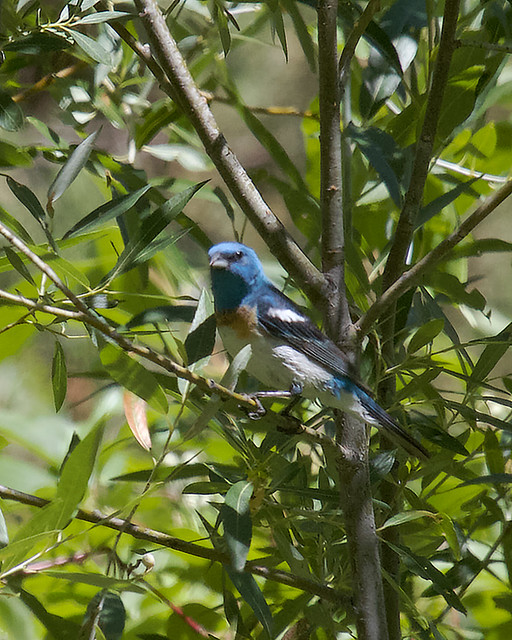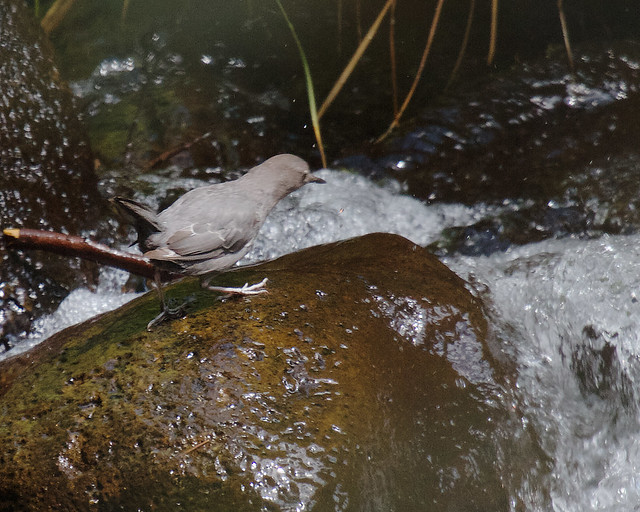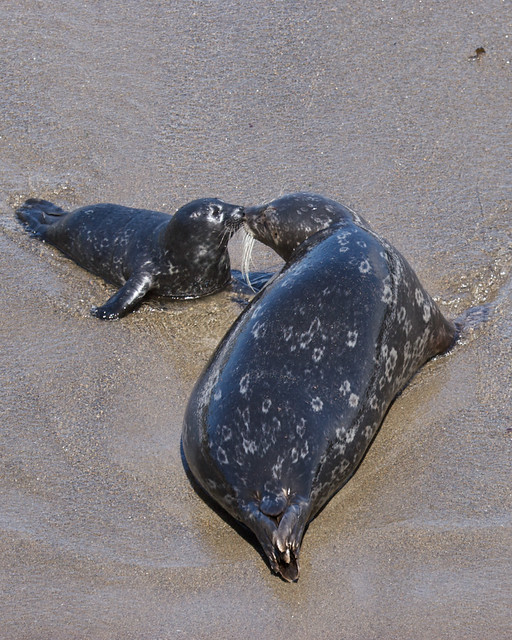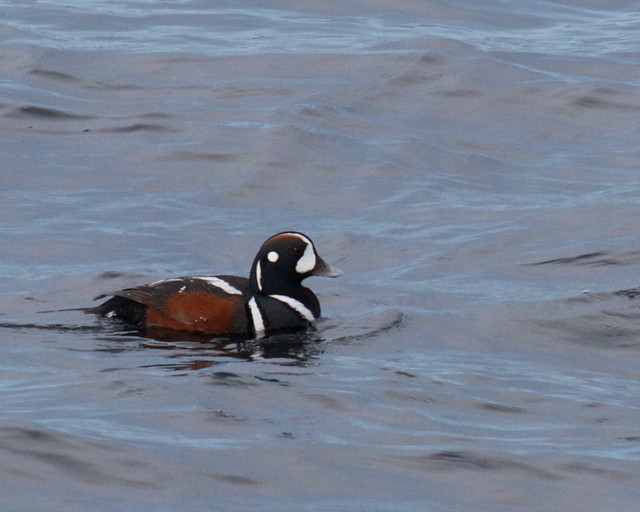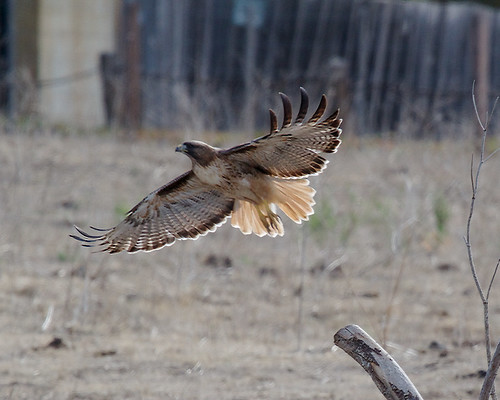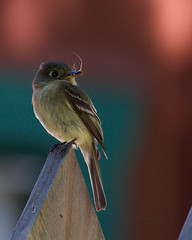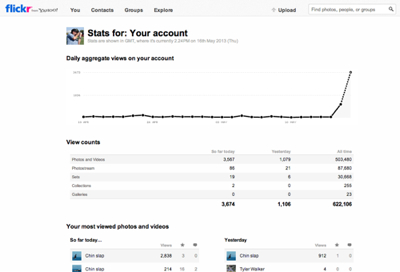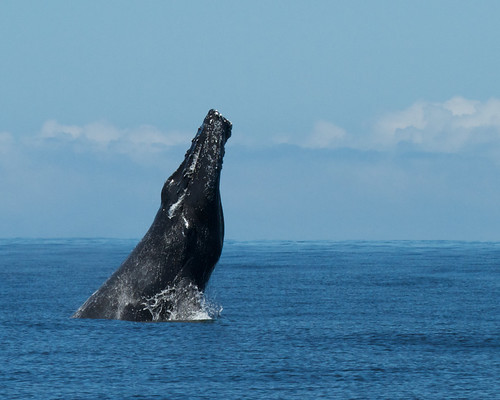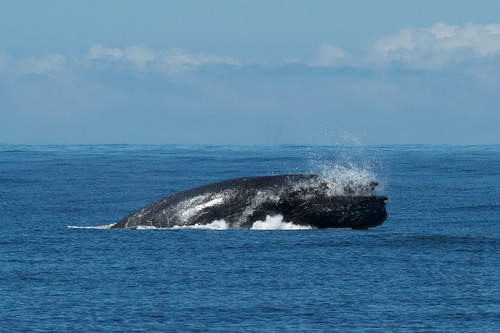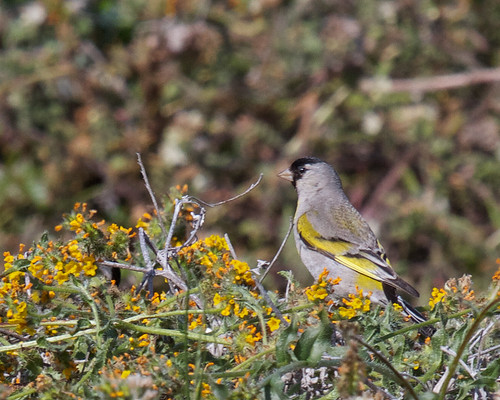For some reason, I don’t think that 2013 was a particularly good year. It seems like I only had a few good days of shooting and the rest were pedestrian. That’s not really how you want to introduce a post like this. But since this is an exercise that I have done the last few years, I feel the need to continue it, you know tradition, habit, addiction…
As always these are in no particular order and my top ten goes to eleven.
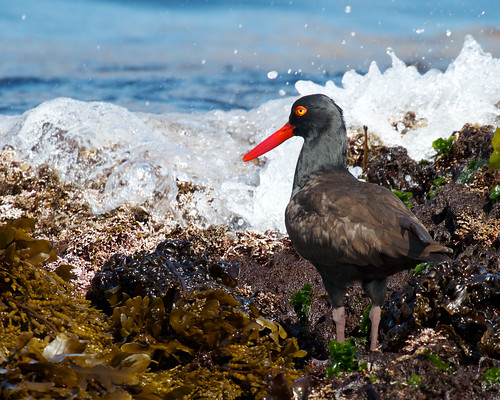
I should probably do a full post on oystercatchers, they have provided wonderful shots over the years.

I think that this one is going to slip in as number 11. I’m not entirely wild about the shot, but it is my best shot of wild Orca.
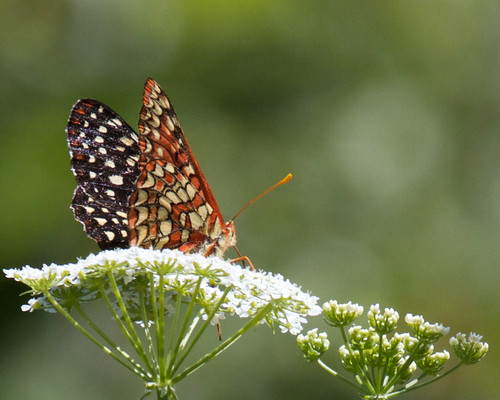
Continuing my tradition of getting nice shots containing invasive plants, a Checkerspot butterfly on Poison hemlock.
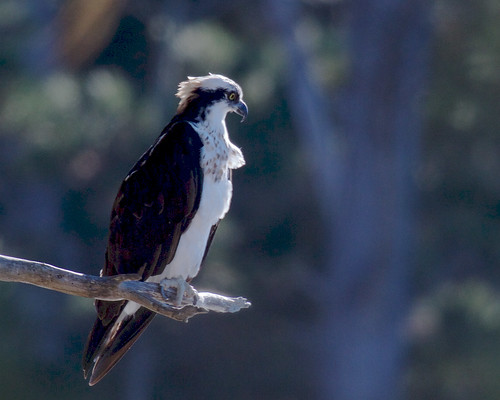
The Osprey recently returned to the Reserve.
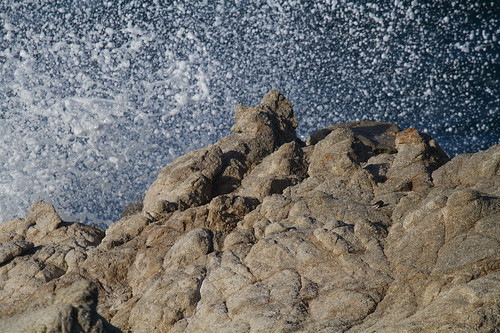
You kind of had to figure that this one might show up. Waves exploding on rocks, I can never get too much of that.
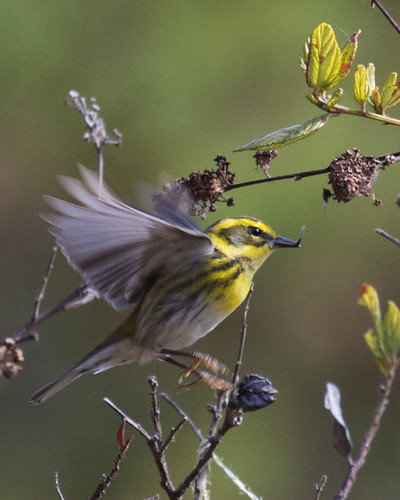
A Townsend’s Warbler in flight with a termite.
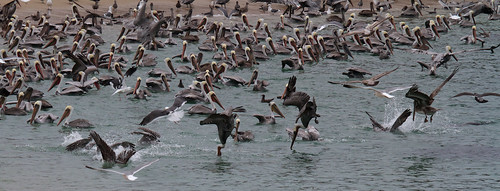
Just a few Brown Pelicans feeding at Monastery Beach.

Anthopleura elegantissima in Whalers Cove.
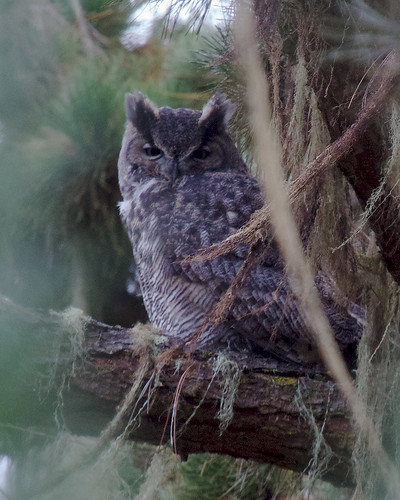
When an owl calls out to you, you have to stop and find him.

Waves on Gibson Beach, taking advantage of smoke from the Big Sur Blaze.

Nesting Black-crowned Night Herons.
